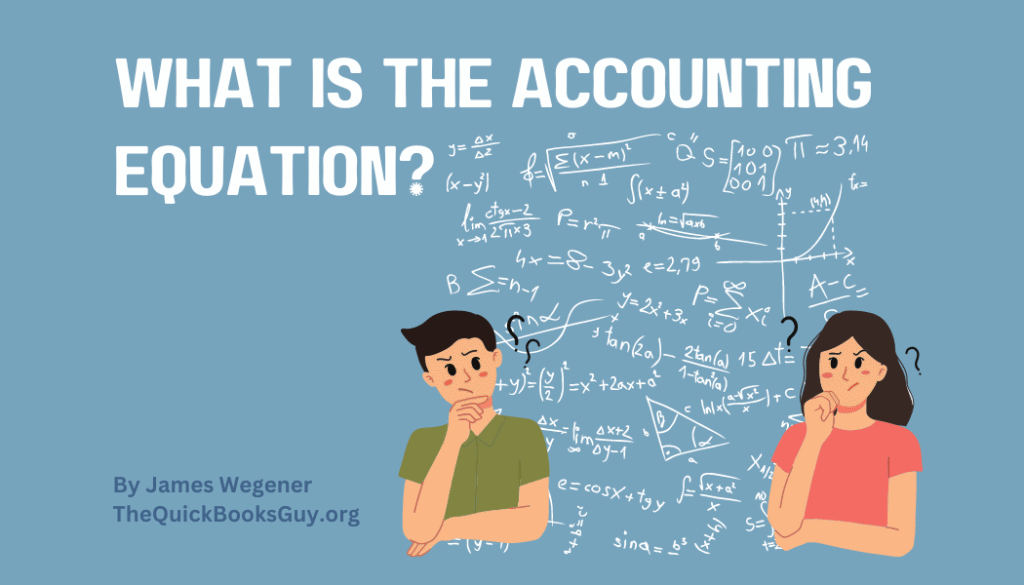
Greetings to all aspiring entrepreneurs and seasoned business owners alike,
In finance, understanding the fundamental principles of bookkeeping is akin to laying a solid foundation for your success. At the core of this foundation lies the accounting equation, a concept that serves as the cornerstone of double-entry accounting.
So, what exactly is the accounting equation?
Also known as the bookkeeping equation, it’s a basic principle that expresses the relationship between a company’s assets, liabilities, and equity. It serves as the framework for maintaining the balance of financial transactions within the accounting system.
Let’s break it down:
- Assets (A): Assets represent the economic resources owned or controlled by a business that provide future benefits. These may include cash, inventory, equipment, property, and accounts receivable. In essence, assets are what the company owns.
- Liabilities (L): Liabilities denote the obligations or debts owed by a business to external parties. These could include loans, accounts payable, accrued expenses, and other liabilities. Liabilities represent what the company owes.
- Equity (E): Equity, also referred to as owner’s equity or shareholder’s equity, represents the residual interest in the assets of a business after deducting liabilities. It reflects the owner’s or shareholders’ stake in the business and is calculated as assets minus liabilities. Equity embodies the ownership claim on the company’s assets.
Now, let’s put it all together:
The bookkeeping equation can be expressed as follows:
[ A = L + E ]
In simpler terms, the total assets of a business must always equal the sum of its liabilities and equity. This equation underscores the principle of balance in double-entry accounting, wherein every financial transaction affects at least two accounts, ensuring that the equation remains in equilibrium.
Understanding the bookkeeping equation is pivotal in maintaining accurate and transparent financial records. It provides a framework for recording and categorizing financial transactions, facilitating proper documentation and analysis of a company’s financial position.
About The Author
Are you learning to navigate Quickbooks but need a little help? James Wegener, the CEO of The QuickBooks Guy, LLC, is here to guide you every step of the way. With over 20 years of experience in bookkeeping and a deep understanding of financial software solutions, James is the go-to expert for those seeking to optimize their financial operations.
Don’t let bookkeeping challenges hold you back any longer. Reach out today at 678-923-5904 or drop an email to TheQuickBooksGuy@gmail.com.
It’s time to get your books done right!




